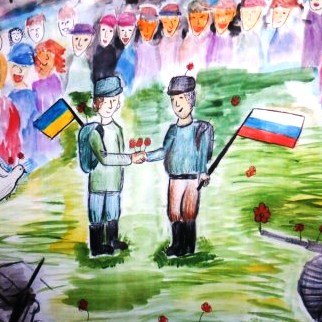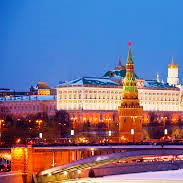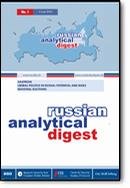(UT Blog) (Co-authored with Stefano Braghiroli) Estonia – The annexation of Crimea and the military insurgency in Ukraine’s eastern provinces under the “Russian world” slogan triggered political and academic debates centred on the whole set of issues related to post-Soviet borderlands. Territories populated by Russian speakers and those culturally connected to Russia are obviously at the core of this debate. In this flammable context, the Estonian city of Narva has become one of the hottest points in heated discussions over the prospects of a new Cold War between Russia and the West.
According to Russian political analyst Andrey Piontkovsky, Narva turned into a double metaphor signifying both the remnants of Russian military glory and the Western passivity in containing Russia. In later polemics, Piontkovsky formulated “the Narva paradox” as “Putin’s ability by one single move to make the entire West face an unthinkable choice – humiliating capitulation and marginalization, or a nuclear war with someone who lives in a different reality”.
Of course, this is a highly hypothetical scenario, and there are many signs that both the EU and NATO keep a close eye on its probability. In this context it was highly symbolic that the military parade on the occasion of the Estonian Independence Day on 24 February 2015 was held with the participation of UK and US military personnel in Narva, only 300 metres from the Russian border. And it was largely accepted by city residents as an element of Estonian security policy. […]
Read More © University of Tartu











